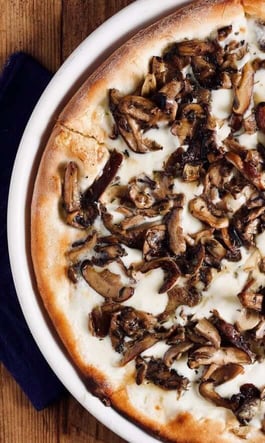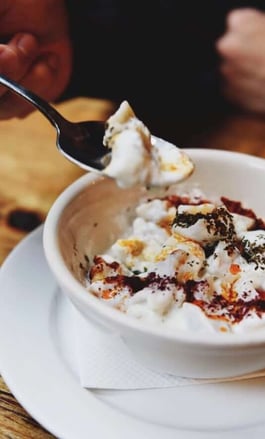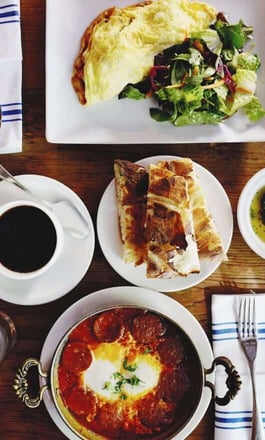What is Borek? And What you are Missing?
Despite its plethora of different cuisines, the United States is still unfamiliar with many of the world’s most distinctive and delectable dishes. One such dish, which American diners have yet to enjoy, is borek. Borek, a type of savory pastry that originated during the Ottoman era, is a highly customizable and versatile dish that is commonly enjoyed both at meals and for snacks. While borek is a traditional component of Turkish cuisine, today it is beloved throughout the entire world, and Americans are sure to appreciate the deep flavors and delicate texture of these pastries.
Magic of Phyllo Dough
While Turkish food may seem utterly foreign to many Americans, borek features many familiar components that will endear even the pickiest eaters. The pastry component of borek is composed of phyllo dough (which means ‘leaf’ in Greek), which many diners will recognize as the primary ingredient in the Greek dishes of spanakopita and baklava. Phyllo dough gives the dish a very light, crisp texture, creating an ideal textural contrast with the pastry’s typically soft fillings. Borek fillings are numerous and varied but typically include cheese, lamb, and/or vegetables that have been flavored with spices common to Turkish food.
Careful Preparation
Borek is made in numerous different shapes, but its unifying characteristic tends to be the usage of cheese. For example, borek is oftentimes prepared ‘lasagna-style,’ where chefs prepare one large pan of the pastry and cut it into individual squares after baking. Alternatively, the borek can be rolled into small individual tubes or folded into triangles. Some chefs even twist the pastry into delicate spirals.
Borek can be either baked or fried. Generally, the preparation method is adapted to the given shape of the pastry. Large pans of the dish that will be cut after cooking are typically baked. Individually-prepared pastries are oftentimes fried to instill the dish with additional richness and texture. However, both methods provide the pastries with the light, crunchy texture for which this dish is so famed.
Savory or Sweet
Over time, different cultures have adapted borek to their own flavors and traditions. Our sigara borek is crispy rolled Turkish filo stuffed with French feta and chopped parsley, and they are mouthwatering . However, other modern bakeries have been known to offer sweet dessert boreks and even a pizza-inspired variety. This speaks to the pastry’s prime versatility and ability to adapt to any person’s tastes.
It is only a matter of time before Turkish food secures its well-deserved place in American society. Dishes like borek will attract diners of all tastes and preferences to the world of Turkish cuisine. This crisp, delicious pastry deserves a place on everyone’s dinner table.
Creative Commons Photos from Flickr






